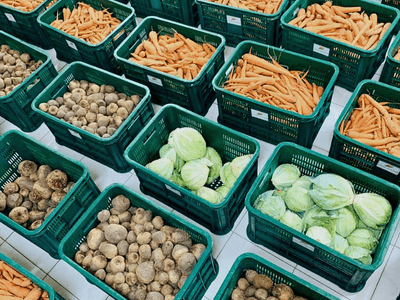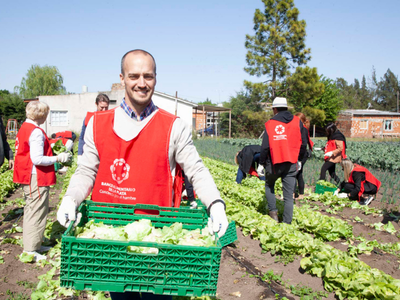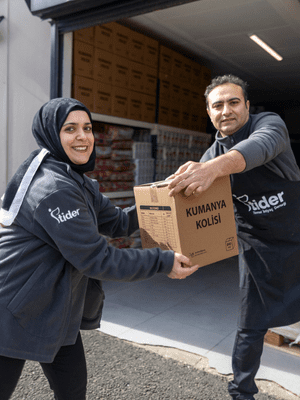
TIDER Staff Sidika Ulucan and Gazi Çapar load Ramadan food boxes into their delivery truck outside the warehouse in Adiyaman, Türkiye.
Food banks are a vital lifeline for millions around the world, not only for food assistance but for health services, vocational training, nutrition education, social support and so much more. In 2024, in the face of economic crisis, natural disaster, and conflict, food banks in The Global FoodBanking Network served millions of people when they needed it most.
O GFN Spotlight 2024 draws on data from 55 food banking organizations across 46 countries[1] in The Global FoodBanking Network to provide a look at developments and innovations in food banking, spotlights on members’ achievements, and a glimpse at increasing food security challenges in 2025.
[1] Does not include data from partner organizations, Feeding America (U.S.A) and the European Federation of Food Banks. Members of GFN’s New Food Bank Development Program and members who joined in 2024-2025 do not submit data.
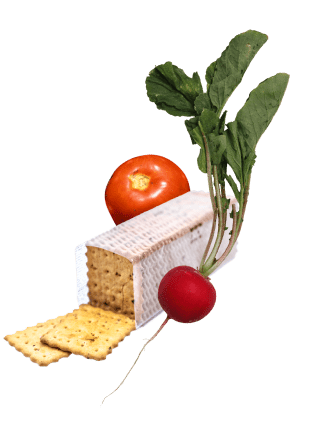
“In the face of so many global challenges, food banks across the globe are navigating complex supply chains to recover more food — preventing the harmful environmental effects of food waste — and are adapting their distribution models to meet the distinct needs of dense urban cities, remote rural areas and communities of every size in between.”
Lisa Lua
CEO & President
A Rede Global de FoodBanking
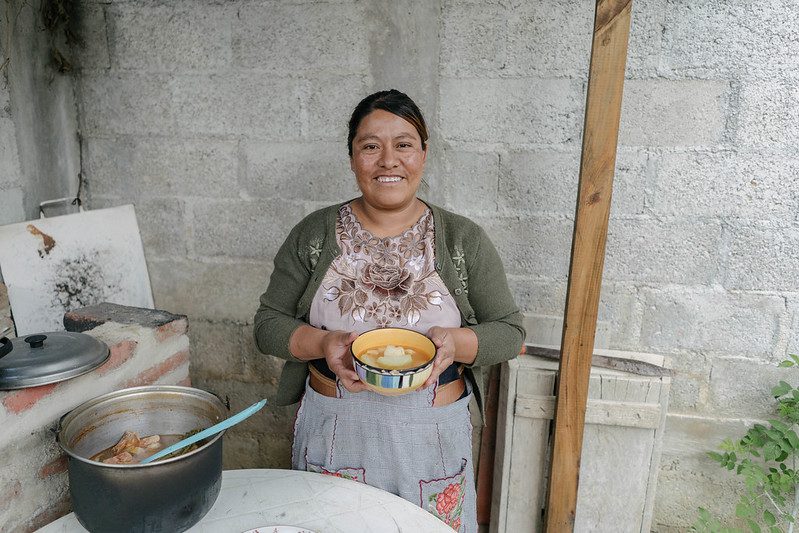
In Zinacantán, Mexico, Juana Gabriela de la Cruzs serves a traditional chicken soup to her family. She receives food parcels from Bancos de Alimentos de México (BAMX) San Cristobal de las Casas. The food bank supports approximately 17,000 people in Zinacantán, the majority of which are indigenous Mayans who live in highlands with mountains, volcanic outcroppings, and valley lowlands. (Photo: The Global FoodBanking Network/Luis Antonio Rojas)
Carregando...
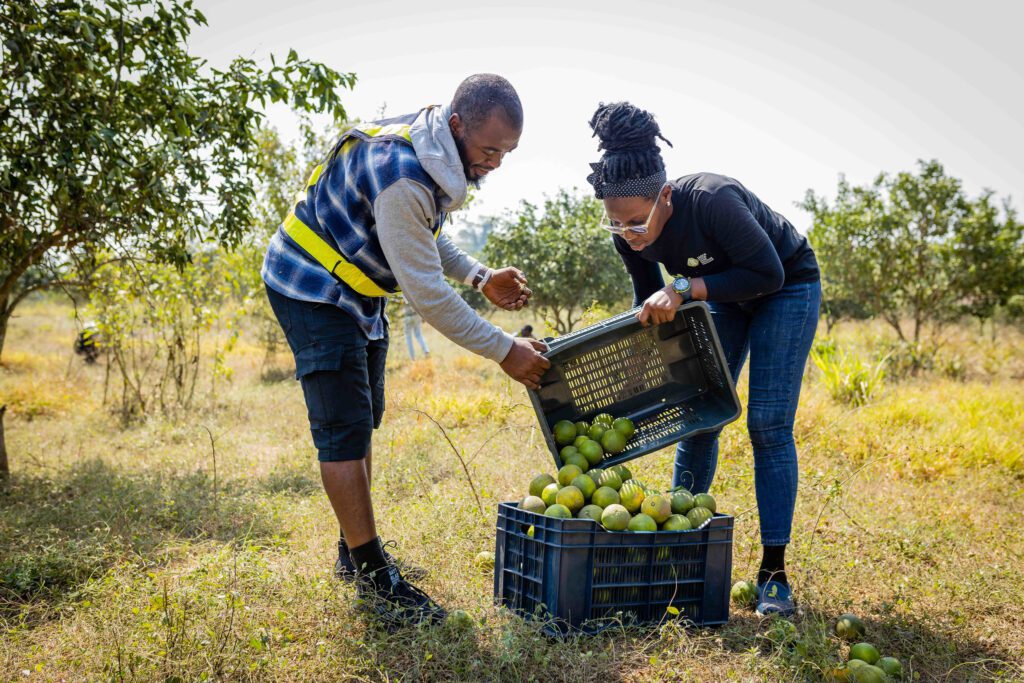
In Abeookuta, Nigeria, Daniel and Justina recover oranges from a local farmer who donates surplus produce to Lagos Food Bank Initiative. (Photo: The Global FoodBanking Network/Julius Ogundiran)
Carregando...
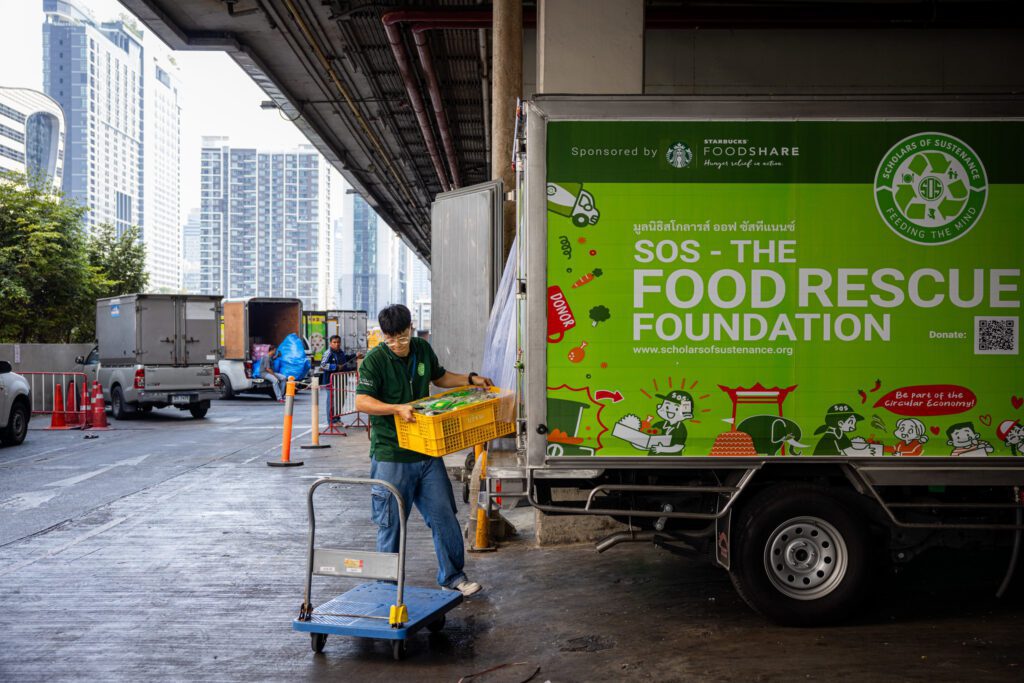
Ping, a food rescue ambassador for Scholars of Sustenance Thailand, picks up donations of excess food from local businesses in Bangkok. (Phot: The Global FoodBanking Network/Lauren DeCicca)
Carregando...
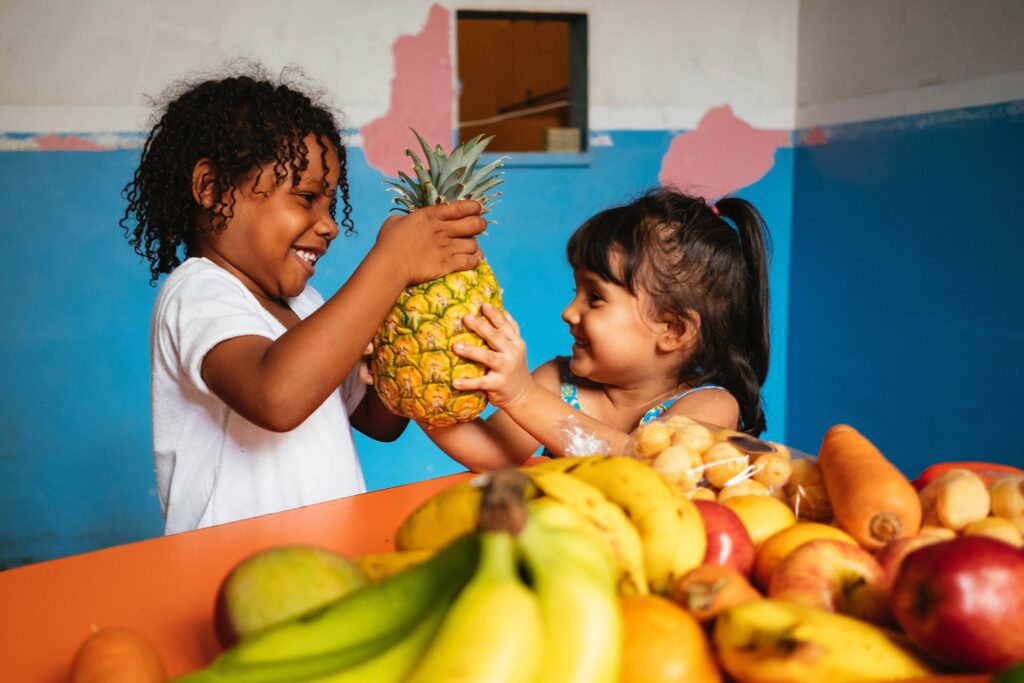
In Colombia, two girls pick up a fresh pineapple from a selection of fresh fruit and vegetables. The produce was provided by Asociación de Bancos de Alimentos de Colombia's agricultural recovery program. (Photo: Asociación de Bancos de Alimentos de Colombia ABACO)
Carregando...
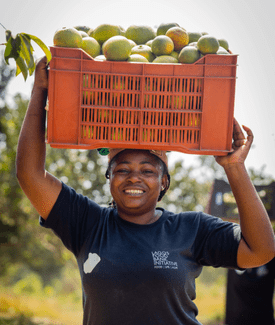
Food banks not only serve their communities — they’re powered by them. Across 46 countries, 436,000 people volunteered at food banks in 2024, a 40% increase over the previous year.
And food banks in the network partnered with nearly 60,000 community service partners, delivering food to places like food pantries, soup kitchens, homeless shelters, orphanages, schools and after-school programs to make sure their communities can thrive.
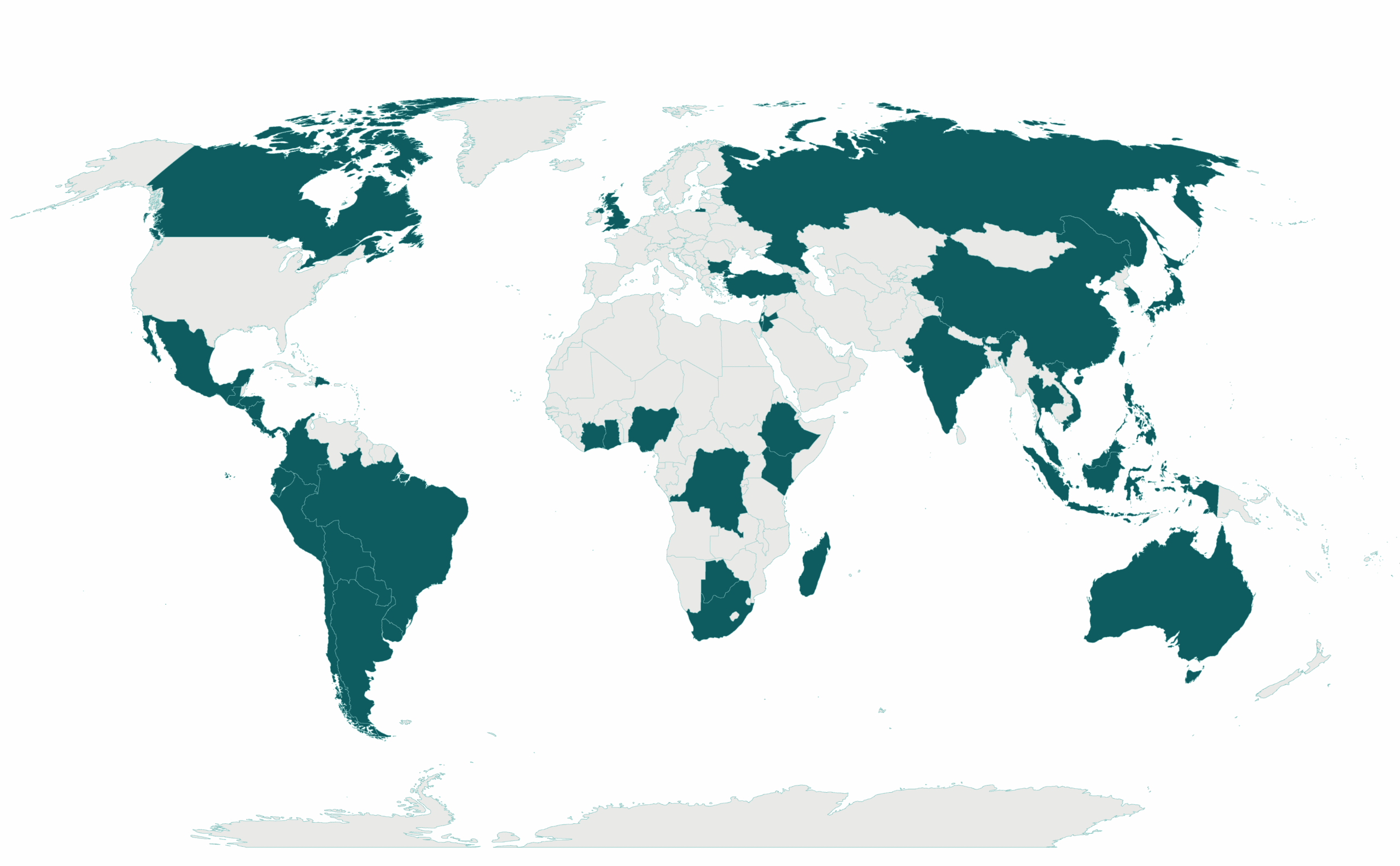
Across six continents, in 46 countries, we’re powering community-led solutions to alleviate hunger and reduce food loss and waste.

